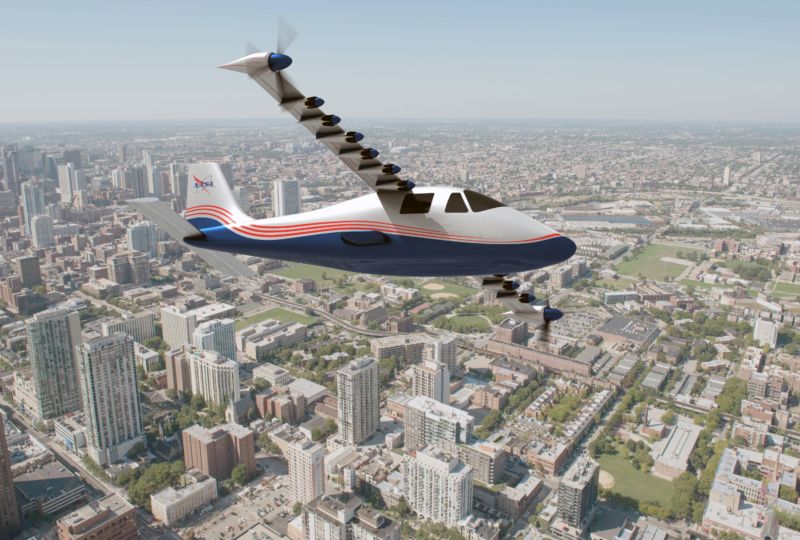TECH

When will electric airliners make sense?
Currently, the world is struggling to keep its carbon emissions from rising. But to reach the longer-term goals we have to stabilize the climate, we're going to have to far more than roll out some renewable energy. Keeping the earth from warming by 2 ° C above preindustrial temperatures means deep decarbonization of our energy use. Which means that we do not only have to completely carbon neutral in generating electricity, but we have to start using those emissions-free electrons to handle our heating and transportation needs.
For things like cars and buses, that process has already started. But there is one weight-sensitive mode of transportation where batteries may not be able to bail us out: air travel. The relatively low energy density of batteries means that you need a lot of them-plus the weight and space they take up-to power an aircraft. For this reason, many people have decided that we will need biofuels to power air travel. Yet there are companies that are planning to develop electric passenger aircraft.
So who's being realistic? To find out, an international team has done an evaluation of whether the battery-powered electric aircraft can become viable and when it is possible they will reach the market. Better batteries
The researchers look at a set of related issues. One is whether batteries can reach an energy density sufficient to make them use air travel possible. The other is whether or not they will be economical. In addition, they looked at whether the battery-powered aircraft will help us with our emissions goals.
Most of these issues are more complicated than they seem. For example, airplanes do not only generate warming through carbon emissions; their contrails also seed high-altitude clouds, which have an insulating effect. In addition, the degree to which batteries can be avoided is directly related to the amount of renewable energy available to charge them.
The scale of the problem, however, is easy to understand. The best lithium-ion batteries currently have energy densities of about 250 watt-hours per kilogram. It's estimated that for a viable battery-powered aircraft, we'd need at least three times that and possibly as many as eight times (2,000 W-hr / kg). Historically, battery capacity has gone up by about three percent a year, meaning to doubling roughly every 25 years. That progress has accelerated as of late, but even if we take it faster, we're still going to be waiting for at least the middle of this century before the batteries get to where we need them to be.
(The authors note that there are lithium-air and lithium-sulfur designs that have higher energy density, but they might not be able to discharge fast enough to power energy-intensive takeoffs.)
Assuming these electric aircraft could be built, would they actually lower emissions? At present, no. Given the average emissions involved with powering the US grid, the emissions involved with powering an electric aircraft (including losses during transmission) would be about 20 percent higher than those generated by a modern, efficient jet engine. That does not mean they'd be entirely useless from a climate perspective, though. Once the additional warming effects of aircraft are taken into consideration, the electric aircraft comes out ahead by about 30 percent.
Future considerations complicate things pretty quickly, though. The price of renewable energy is expected to keep dropping, which will make renewables a larger part of the grid, lowering the emissions. The authors estimate that the vast majority of charging will take place during daylight hours-the peak of solar production-as well. Assuming future solar production leads to a discount on electric use during the day, it could help the economics of electric aircraft; currently, they only make sense economically with fuel at about $ 100 / barrel.
How all of this would affect air travel is very sensitive to the capacity of future batteries. The authors estimate that an effective range of about 1,100 kilometers would allow electric aircraft to cover 15 percent of the total air miles (and corresponding fuel use) and nearly half the total flights. That would raise the total electricity demand by about one percent globally, although most of that would affect industrialized nations. Upping the range to 2,200 kilometers would allow 80 percent of the total global flight to be handled by electric aircraft.

No comments:
Post a Comment